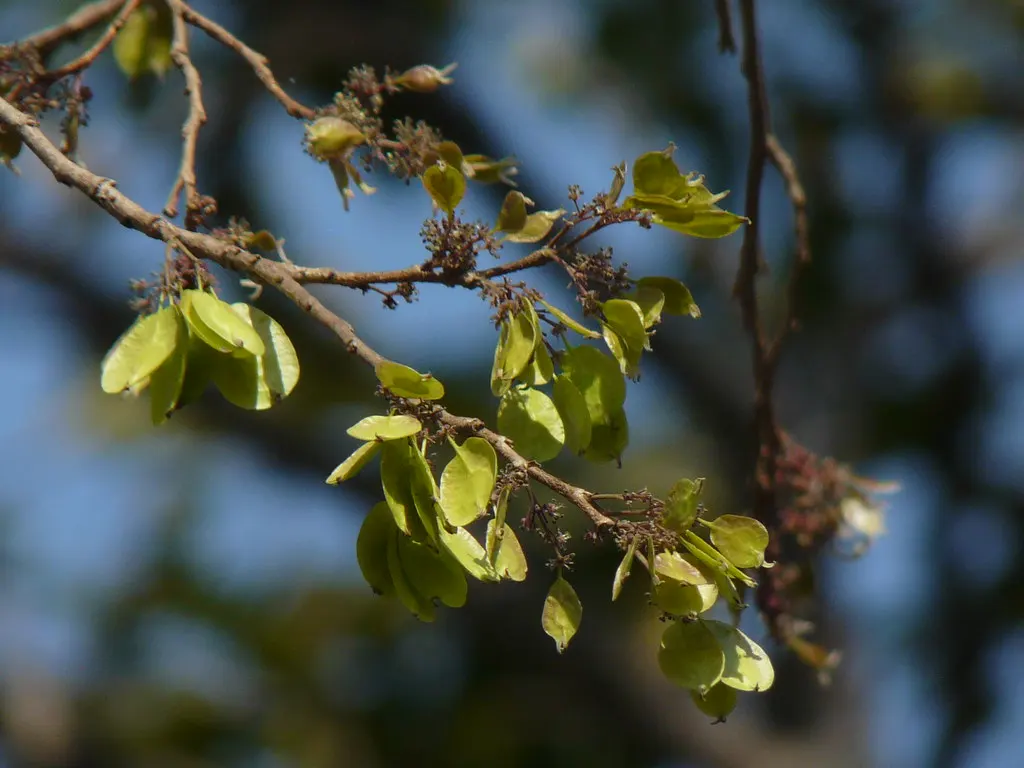Cork Bark Chinese Elm
Ulmus parvifolia
The Cork Bark Chinese Elm is a gorgeous bonsai tree that can grow to enormous sizes with spacious foliage. This tree, indigenous to China and Southeast Asia, can typically grow to over 80 feet in nature. However, its fine branch networks allow it to turn into a masterpiece bonsai for beginners and experienced bonsai owners.
Here's the guide to our in our Cork Bark Chinese Elm bonsai species guide:
Here's the guide to our in our Cork Bark Chinese Elm bonsai species guide:
01
02
03
04
Quick Cork Bark Chinese Elm Bonsai Care Sheet
Here’s the essential information you need to know when caring for your cork bark Chinese elm bonsai.
Recommended soil
Any standard bonsai mix that drains well.
Watering
When the soil feels dry, as needed.
Potting season
Every two years when the tree is young. As needed every few years when the tree grows older.
Shaping and pruning season
Prune as needed. Trim larger branches during late autumn.
Light
Survives in any level of light but benefits from sunlight exposure.
Fertilizing
Use plenty during warmer seasons when the plant is growing. A balance of solid and liquid fertilizer works best.
Propagation methods
Cuttings work best. Seeds are viable, but require detailed care.
Pests and diseases
Scale and spider mites.
How to Care for a Cork Bark Chinese Elm Bonsai
In this section, we’ll cover the ins and outs of caring for your Cork Bark Chinese Elm Bonsai. We explain the soil, sunlight, location, and fertilization needs for this tree species.
Best Soil
The best soil type for your cork bark Chinese elm bonsai is one that drains well. This tree needs no particular soil aside from the draining factor. Regular soil mixtures for bonsai trees will work well, letting the Chinese elm thrive.
Watering
The tree’s soil should never be constantly wet when watering and must be allowed to dry entirely from time to time. However, as long as the soil is only slightly damp, you can lightly water your Chinese Elm bonsai.

Watering your bonsai tree during warmer months should occur between every one to two days. You don’t need to water more than once every two days during the cooler months. Always check the soil dampness before watering to ensure you never overwater your bonsai tree.
Repotting
Repot your Chinese elm bonsai every two years while the tree is young. Once older, you only need to repot the plant every few years as needed. Regardless of the tree’s age, repotting during the spring helps the bonsai recover faster afterward.
Shaping and Pruning
Frequent trimming is required when caring for a bork bark Chinese elm. The tree thickens quickly as it grows, quickly becoming messy. Allow the branches to grow out between three to four nodes before bringing it back to one or two leaves. You should trim longer branches in late autumn.
Shape the tree using standard wiring techniques, as they won’t damage the trunk or branches.
Location and Sunlight
The cork bark Chinese elm bonsai thrives in almost any environment, from indoors to outdoors. While you can place this tree outside during the summer months, bringing it inside to a cooler room is best. The colder temperature helps the tree’s soil retain moisture.
The bonsai is resistant to frost during the winter months but should still avoid being exposed to cold and chilly winds. If the temperature in the tree’s location is too cold, it will lose its leaves. However, this lack of foliage doesn’t indicate any damage to your Chinese Elm.
Fertilizing
The cork bark Chinese elm bonsai benefits from receiving plenty of fertilizer. You don’t need to use fertilizer when the tree becomes dormant during winter. When fertilizing, use a mix of liquid and solid options to help your tree grow.
Propagation Methods
Cuttings are the best method to propagate the cork bark Chinese elm bonsai. You’ll rarely experience any issues when using this method. Using seeds is possible but presents a much more complex challenge.
Pests and Diseases
Spider mites and scales are common pests during cooler weather and seasons. Frequently misting water over the bonsai helps deter these pests. Additionally, taking proper care to prevent pests will keep your tree healthy.
Products with thinned lime-sulfur and systemic pesticides can harm your tree, making it lose its leaves.
Considerations for Growing an Indoor Cork Bark Chinese Elm
The Chinese elm bonsai is often advertised as easy to grow indoors. There are very few concerns when growing it indoors. However, placement will play a critical factor in this tree’s lifespan.
Indoor Location
When choosing where to keep your bonsai indoors, there are a few things to remember. This bonsai tree prefers a cool room that receives plenty of sunlight. The tree will thrive when kept on a windowsill or a nearby source of direct sunlight.
Watering Frequency
Overwatering any bonsai can quickly kill it. Water only every day or two to avoid drowning your tree. If the soil is slightly damp or dry, it’s safe to water this tree. However, in colder seasons and when kept indoors, this watering frequency is less frequent and may only require you to hydrate your bonsai every second to the third day.
FAQs About Cork Bark Chinese Elm Bonsai
Here are five frequently asked questions about the Cork Bark Chinese Elm bonsai. These FAQs will answer any remaining questions about the tree’s daily sunlight requirement, watering needs, and placement.
Chinese elm bonsai trees need a large amount of sunlight per day. Direct morning sunlight offers a low intensity that won’t harm the tree, even if it’s exposed for hours. Unfortunately, even though this tree requires plenty of light, the summer afternoon sun can damage its leaves.
You’ll experience no issues trying to grow a Chinese elm indoors. This bonsai species is often marketed as an indoor option to bonsai lovers. Keep this species in a cool room that receives plenty of sunlight each day.
Water your Chinese elm bonsai every one to two days during the warmer seasons. Decrease this amount during the cooler months, watering at most every second day. The soil should only feel slightly damp or dry when touched before you water it again.
The cork bark Chinese elm thrives in full sun, practical sun, and shade. The tree isn’t picky with the amount of sunlight it needs, making it great for indoor and outdoor growth.
Indoor bonsai such as the cork bark Chinese elm benefit from misting. Lower air humidity indoors can negatively affect your tree. Regularly misting the plant keeps it hydrated during drier days.







